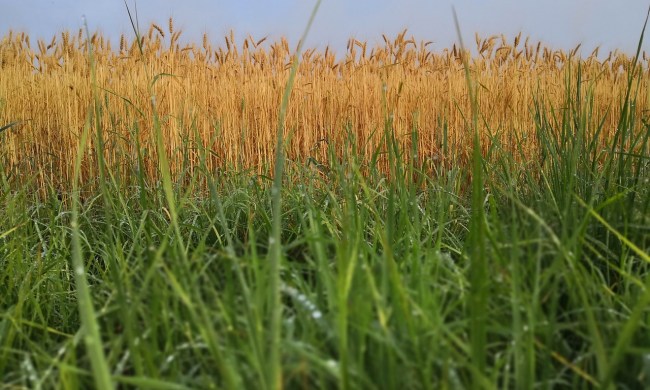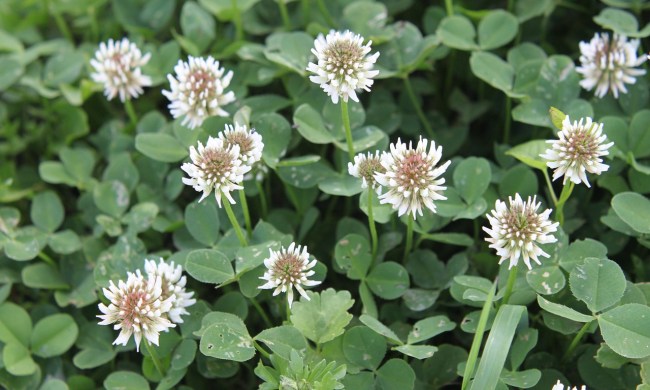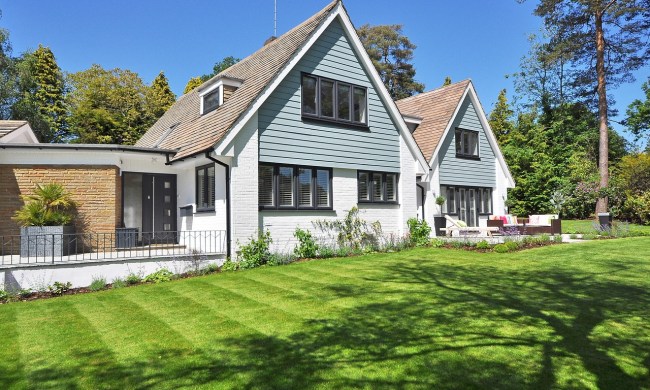We all want to achieve beautiful, lush green lawns. That’s why a lot of people spend time and effort tending to their grass, ensuring it looks good. A pretty simple task. They’re satisfied as long as it looks good. Grass is something that many regard as simple. It’s just grass, after all! Sometimes, though, you might start noticing some changes in your grass that make you wonder. Is that healthy? What does healthy grass even look like? If you’ve ever asked yourself these questions, here are the answers.
What color should healthy grass be?
This depends on the variety of grass. While we tend to think of grass as one color — green — it can actually come in a range of colors and shades! Some grass varieties, like centipede grass, are a paler shade of green. Other varieties are other colors entirely, like blue fescue, which, as the name suggests, is blue.
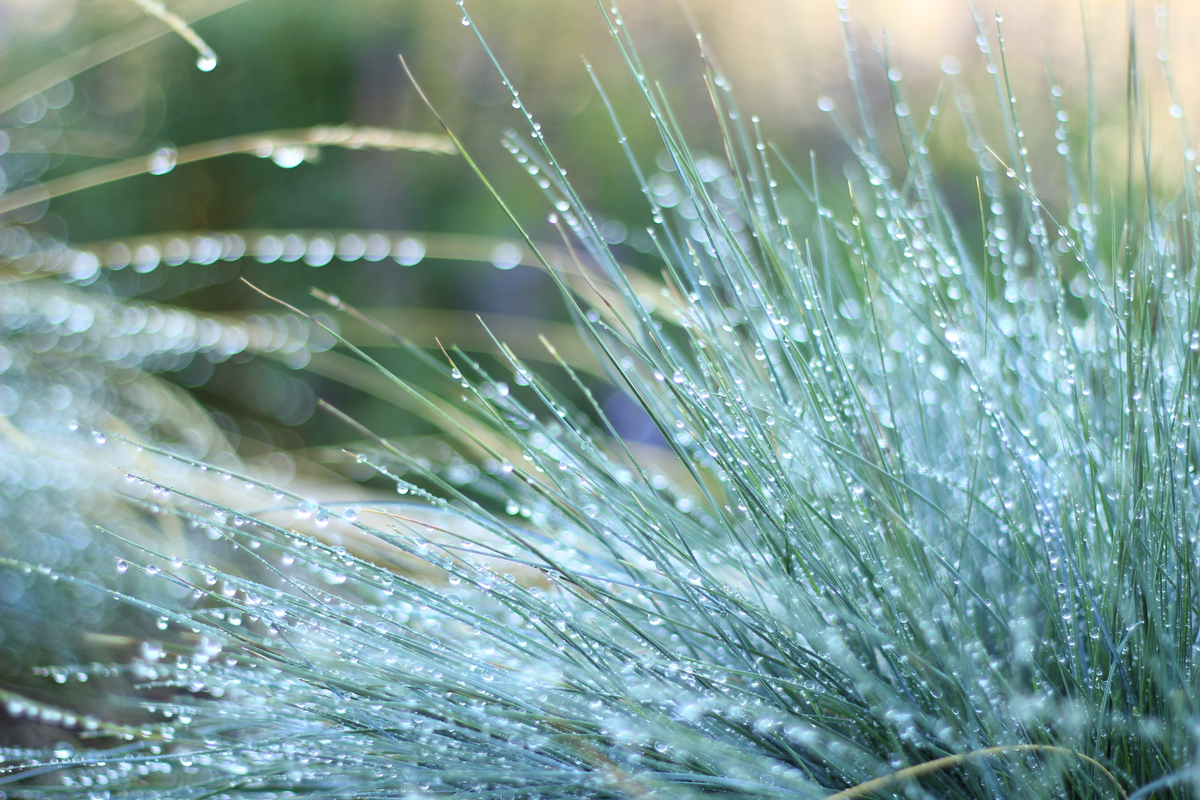
The important thing is to identify what type of grass you have, so you know what color it should be. However, if you don’t know what variety you have, the next best thing is to keep an eye out for sudden changes. If your dark green grass suddenly starts turning yellow, that’s an obvious bad sign. If your naturally blue grass suddenly starts turning dark green, though, that’s also a bad sign.
Aside from shade, look to see how vibrant or pure the color of your grass is. If your grass is vibrant, shiny, and evenly colored, it’s likely doing just fine. If your grass is dull, with uneven patches of brown or orange, or unusually limp, there may be an issue.
What factors affect grass color and health?
Aside from variety, there are several factors that can impact the look and health of your grass. Water is one important factor. Lawns that are overwatered begin to turn yellow, while lawns that are underwatered fade to a yellow-brown. Depending on your situation, there may not be much you can do about that. If you’re in a drought, for example, watering your lawn may not be feasible.
Light is also important, but also a tough fix. Too much or not enough light can cause your lawn to wilt and go brown. Other than planting more shade trees or cutting trees down, the only real solution is to switch to a variety of grass that is more tolerant of your lighting conditions.
The seasons also contribute to grass color. Grass, like many plants, goes dormant over winter. When it goes dormant, it typically turns brown. Before going dormant, grass will occasionally stop producing chlorophyll, which turns it red, similar to leaves in the fall. During summer, grass will sometimes produce other chemicals that also turn it red, but this offers protection from sunburn.
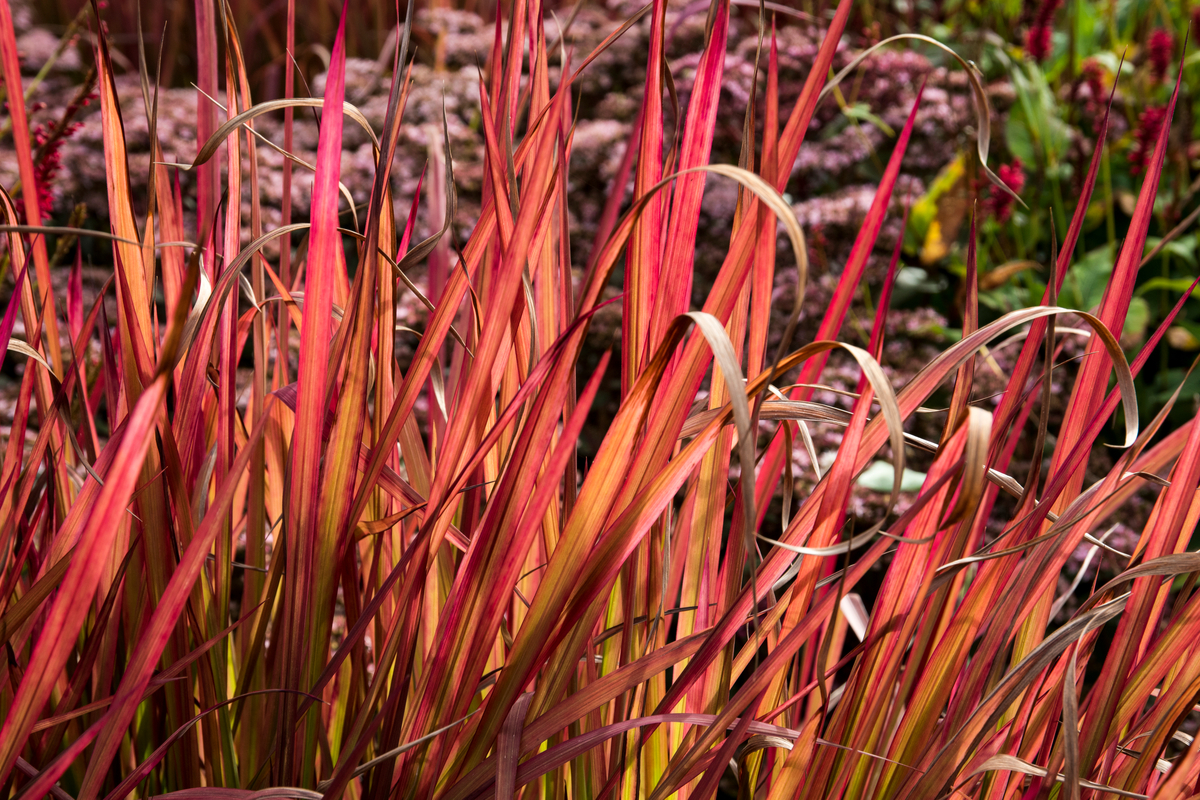
Fungal infections can impact grass color and health. In general, sickness or infection of any kind will impact your grass, but some fungal infections are specifically recognizable by color. Red thread, or Laetisaria fuciformis, is a type of fungus that can affect any lawn, although some varieties are more susceptible than others. It’s easily identifiable by appearance, as it looks like red thread nestled in your grass.
Lawn rust, or puccinia, is another fungal infection with a distinctive appearance. It begins as yellow or orange dots, then spreads into orange or red patches on blades of grass. So if your grass begins turning orange, take a closer look to see if it might be lawn rust.
What grass varieties are naturally dark green?
Depending on your climate, you might check out hard fescue, Kentucky bluegrass, perennial ryegrass, or zoysia grass. All four are similar shades of dark green, so the only thing to really worry about is what type of environment your lawn is in.
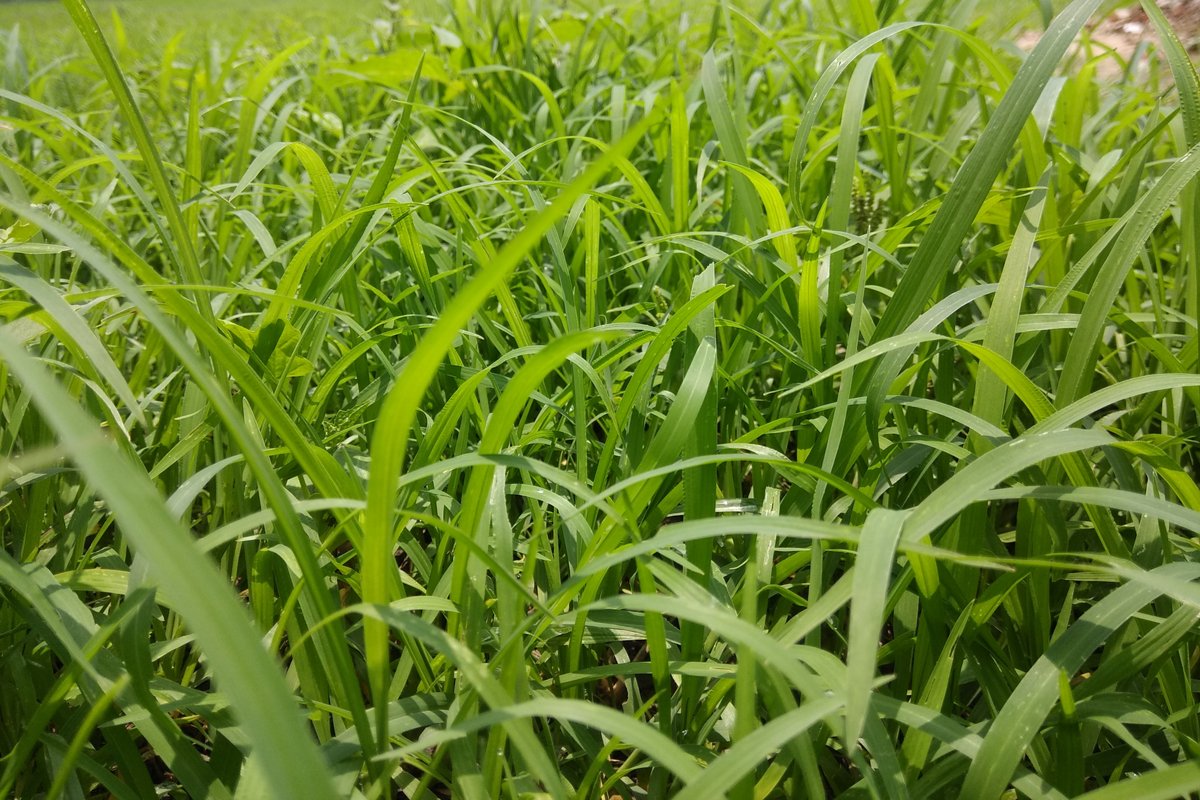
If you live somewhere cooler, try hard fescue or Kentucky bluegrass. Hard fescue does fairly well with both cold and drought, but it doesn’t hold up under heavy use. If you need grass to cover a wide space that sees very little activity, hard fescue is a great choice.
Kentucky bluegrass loves cool temperatures and can withstand a decent amount of activity. Unfortunately, it wilts in the sun and doesn’t tolerate drought very well. However, a mix of Kentucky bluegrass and another grass can ensure you have a nice lawn all year.
If your home is fairly mild for all or most of the year, perennial ryegrass will serve you well. It tolerates many conditions and will grow in anything other than full shade.
Zoysia grass likes heat a lot more than the previous three. This grass is slower to grow, with deep roots that make it hardier than other grasses. As hardy as it is, though, it doesn’t enjoy cold or drought.
Is dark green grass healthy? Sometimes! Keep an eye out for sudden changes, especially if your grass is trending toward yellow, and you should be just fine.
Meanwhile, read on further to learn how to fix brown lawns, as well as understand the causes behind this color change. Or, if you want something else, check out our tips for fixing yellow spots on lawns.

